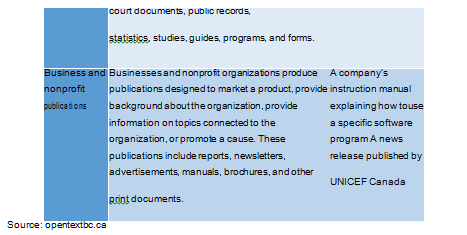Your research and writing begin with a successful choice of a topic. This is a hurdle for so many students. Half the hurdle is crossed when you choose a researchable and meaningful topic.
Therefore, choosing a topic is an essential step you should take seriously. When choosing your topic, you must consider the purpose and audience your writing is meant for.
Several students make mistakes in this area; to impress, they choose a topic that is vague, dysfunctional, not researchable, and meaningless. Sometimes, they waste time working on such a topic and eventually discard it.
Read Also: Reading and 5 Importance of Reading to the Student
When you have chosen your topic, the next stage is to begin your research. This stage also has its hassles. It can be exciting as well as challenging and discouraging. To succeed, you need to learn how to locate sources efficiently.
Remember our discussion on information overload which is characteristic of this present-day technological advancement, particularly the rise of online media.
This means that as a student you have countless sources of information available at your fingertips. The question is how do ascertain which source is reliable? This section highlights the strategies for critical evaluation of sources.
1. Primary and Secondary Sources
In scholarly communications, sources of information are commonly classified into primary and secondary sources. The primary sources are regarded as direct, first-hand sources of information.
This gives the impression that primary sources are sources from the point of origin. Some examples historical documents, research articles, data from diaries or letters, etc.
Read Also: Listening and the 5 Steps to Effective Listening
Secondary sources, on the other hand, are second-hand sources that are derived from primary sources. Secondary sources interpret, analyze and discuss, information from primary sources to produce a second level of information source.
Secondary sources are information that is considered one step removed from the primary source of information. Biographical books, documentaries, magazines, and newspaper articles are examples of secondary sources. Most academic writings combine primary and secondary sources simultaneously.
Technology today has widened the effective search for sources of information to include print and electronic sources.
2. Locating Print Resources
Most often academic writings begin with print sources. Although today, so many lazy students do not want to take the steps to locate print sources. They want to rely on electronic sources.
Please note that so many standard scholarly academic texts do not have electronic versions yet. Therefore, do not limit yourself to electronic sources.
The table below indicates various forms of print sources you would find in the university library.


Some of these resources were also available in electronic format. To begin your search for print resources, it is essential to identify your keyword’s major terms and concepts as lead search words. This is where the library plays a significant role.
Consult the university library through the library catalog or Online Public Access Catalogue (OPAC). Make use of periodical indexes and databases (electronic databases can lead you to valuable print resources), and consult the reference librarian
Online databases are indispensable in the academic writing of the 21st century. Most university libraries have one type of database or the other. The common and frequently used databases include Academic Search Premier, Business Source Complete, ProQuest, ProjectMuse, MEDLINE, Library, and Information Science Abstracts.
Read Also: 5 Categories of Listeners and Barriers to Effective Listening
